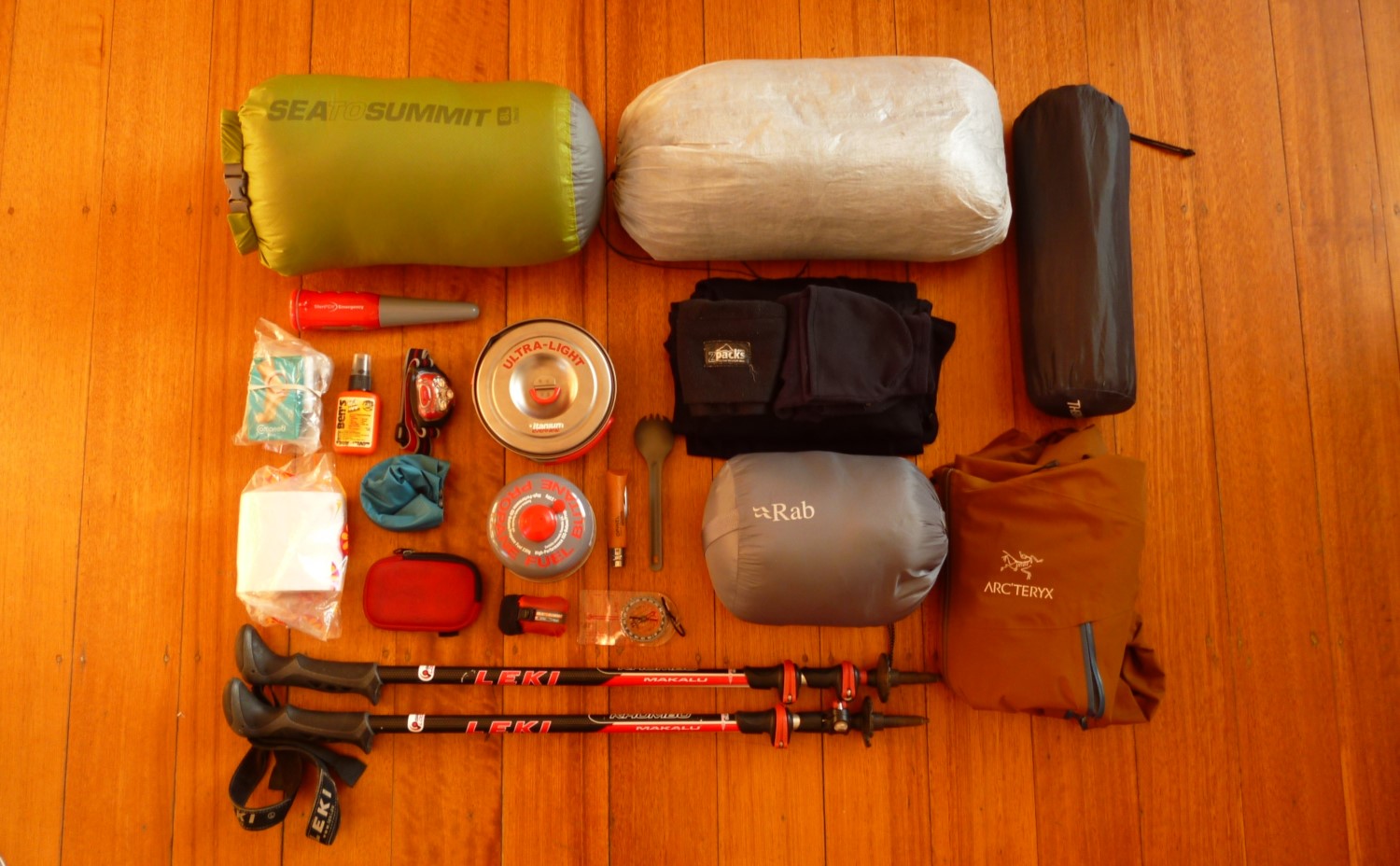Best Road Bike Inner Tubes of 2023
JUMP TO: SLIME ROAD TUBE / TUBOLITO S-TUBO / SCHWABLE AEROTHAN / Q-TUBES PRESTA / FOUNDATION ROAD TUBE / VITTORIA COMPETITION LATEX / GIANT THREADED PRESTA / BUYING ADVICE
The Short Version
Best for Puncture Protection: Slime Road Tube
Best for Performance: Tubolito S-Tubo Road Tube
Best for the Planet: Schwable Aerothan Road Tube
Best for Large Tires: Q-Tubes Presta Tube
Best for Value: Foundation Road Tube
Best Latex Tubes: Vittoria Competition Latex Tube
Best for Aero Wheels: Giant Threaded Presta 60mm
The Long Version
Road cycling is a lot of fun – working up big climbs and flying through fast descents give us feelings like none other. But road cycling isn’t just about riding bikes – it's also a lot of fun working on your bike, upgrading your components, and refining the performance of your setup.
And although they seem minimal, inner tubes do make a difference. So, it’s important to consider what you're putting back in when you need to change them. They could be the edge you need when racing, or you might just need to swap out for something with a bit more protection.
One big misconception many cyclists make is that all inner tubes are identical. But in recent years companies have made some incredible advancements as far as inner tubes go, and we have some very cool technology hitting the market.
In this article, we look at the best road bike inner tubes, and discuss how to pick the right one for your next ride. If you love reading this review of the best road bike inner tubes, then you'll likely love reading some of our other bikepacking and cycling content:
Need To Know What To Look Out For?
Inner tubes do come across like they are all the same, but if you look closely, you will see differences between them. If you are unsure how to tell two inner tubes apart, then be sure to check out our buying advice at the bottom of the article!
Best for Puncture Protection: Slime Road Tube
MATERIALS: Slime Filled Rubber
WEIGHT: 170g Per Tube
PUNCTURE PROTECTION: High
PRICE: $$
PROS: Self-healing, Great puncture protection, Good value for money
CONS: Heavy as far tubes go, Messy when needing to be changed
You might have heard of Slime tubes on the market before. They have been around for a very long time and are well used by many cyclists who like using inner tubes but want the benefits of a tubeless system and want to do it on a budget.
What makes the Slime Road Tube special compared to other tubes is that it offers great puncture protection and can self-heal. When punctured, the slime leaks out the hole, releasing air and sealing it. This is an amazing tool that can help avoid small pesky punctures which might be holding you up on your rides, and it means that you can carry fewer spares. Plus, they are amazing value for money.
Nonetheless they do come with a few disadvantages. They are heavier than a standard inner tube because of the slime inside. You also will find that if the hole is too big to seal it can be a messy job changing over to a different inner tube.
Best for Performance: Tubolito S-Tubo Road Tube
MATERIALS: Thermoplastic Elastomer
WEIGHT: 23g Per Tube
PUNCTURE PROTECTION: Low
PRICE: $$$
PROS: Very lightweight and fast
CONS: Will struggle to patch, Expensive
The Tubolito S-Tubo Road Tubes are some of the fastest inner tubes on the market. Their special thermoplastic elastomer is an excellent material that not only comes in incredibly lightweight but does last. They are used by many semi-professional racers and cyclists who want an edge over the competition.
What makes the Tubolito S-Tubo so special is that it is incredibly lightweight. Coming in at only 23g, this tube is going to make a difference. If a typical tube comes in at 120g on average, you save nearly 200g overall on the bike. This isn’t a general bike weight loss. This is on the wheels, which does massively help when it comes to going faster.
When it comes to drawbacks, there are a couple, the first being the price. They are not cheap, but to save 200g, they are somewhat of a bargain. The second thing is if you plan on patching these they can be challenging. The material is very difficult to use patches with, albeit not impossible.
Best for the Planet: Schwalbe Aerothan Road Tube
MATERIALS: Thermoplastic Polyurethane
WEIGHT: 41g Per Tube
PUNCTURE PROTECTION: Medium
PRICE: $$$
PROS: Very lightweight with a low rolling resistance
CONS: Will struggle to patch, Expensive
Schwalbe is a big supplier when it comes to tires and tubes. With the Aerothan Road Tube they went straight back to the drawing board and made something very special.
The Aerothan is a tube that is made out of thermoplastic polyurethane. It’s not only very lightweight, coming in at 41g per tube, but it also offers a good level of puncture protection. These tubes have the ability to reduce rolling resistance – like a latex tube – and also are designed to avoid sudden bursts when punctured.
We really like the fact that they are recyclable too, which is great for the environment. It is likely that other companies are going to follow with this technology in the future.
Best for Large Tires: Q-Tubes Presta Tube
MATERIALS: Butyl Rubber
WEIGHT: 125g Per Tube
PUNCTURE PROTECTION: Medium
PRICE: $
PROS: Easy to patch, good value for money
CONS: Very average and not the lightest
Q-Tubes are an excellent product. If you're looking for a good value for money inner tube that offers great protection and isn't going to weigh you down too much, look no further. Q-Tubes have become very popular in recent years, and we can see why. Simplicity is key.
The Q-Tubes Presta Tube is made of butyl rubber, which is what most inner tubes are made of. They come in two sizes, one for small road tires and one for larger road tires. Coming in at 125g per tube, they are a good weight and around the average for an inner tube on the current market.
What’s great about these tubes as well is they are very easy to patch, so if you are someone who does use a patch kit often, we highly recommend Q-Tubes.
These tubes are amazing all-rounders, and there's little we can mark them down on. They aren’t too heavy, are good value for money, and are easy to patch. What’s not to like?
Best for Value: Foundation Road Tube
MATERIALS: Butyl Rubber
WEIGHT: 102g Per Tube (Size Depending)
PUNCTURE PROTECTION: Medium / Low
PRICE: $
PROS: Very cheap, Lots of sizes
CONS: Thin rubber
Foundation Road Tubes are probably the lowest price tubes you will find on the market that still work properly. They come from Jenson USA and are incredible value for money. They are the chosen tube of people who don’t like to patch – but prefer to just swap out straight away for another tube.
The Foundation tubes come in many different sizes. You’ll be able to get exactly what you need in tire sizes, and they also have a few different valve lengths. They are easy to patch, and we don’t think you're going to be able to find this quality cheaper anywhere else.
They are not the thickest general tubes on the market, thereby sacrificing a bit of durability compared to a more expensive general tube. But they are basic inexpensive tubes that do everything they need to, and the size range is excellent.
Best Latex Tubes: Vittoria Competition Latex Tube
MATERIALS: Latex
WEIGHT: 70g Per Tube
PUNCTURE PROTECTION: Low
PRICE: $$
PROS: Reduced rolling resistance and light
CONS: Hard to patch and not cheap
Vittoria is a very big tire brand that also makes inner tubes. They have high quality products that are built to last – and perform well. Many pro riders use their Corsa road racing tires because of the little road resistance they offer. So, what are their tubes like?
Vittoria is one of the few companies that offer latex tubes. The Vittoria Competition Latex Tubes are lighter than the average tube and don’t come with an incredible price tag. Professional racers use them because they have a special ability to move more easily inside the tire, which in return, creates less rolling resistance on the ground.
They are a little more expensive compared to other tubes on the market, and are fairly challenging to patch, but overall they are an excellent tube that will improve the performance of your bike.
Best for Aero Wheels: Giant Threaded Presta 60mm
MATERIALS: Butyl Rubber
WEIGHT: 120g Per Tube (estimated)
PUNCTURE PROTECTION: Medium / High
PRICE: $
PROS: Price is good and the long valves are great for aero wheels
CONS: Limited sizing
Giant is well known for making excellent bikes. They also make lots of components, spares, and accessories. You might have been lucky enough to use their tires or tubes before.
These Giant Threaded Presta 60mm tubes are exactly what we want for our aero rims. They come with 60mm valves, so you don't need to use extenders. They are made of butyl rubber and weigh roughly around 120g, although Giant doesn’t give a listed weight to these.
The rubber of these tubes is 0.9mm thick, which is very decent, and although something might get through the tire, you still have a good chance the tube will be ok. Plus, they are inexpensive, if and when you need to replace one.
As far as drawbacks go, there’s very little to report apart from being limited when it comes to sizes. You’re ok from 20c to 25c – anything above that, and you might struggle.
BUYING ADVICE FOR ROAD BIKE INNER TUBES
There are seven excellent tubes here for you to choose from. How do you know which one is the right tube for you? In this next section, we discuss the key things that differentiate the various road bike inner tubes that you might be shopping for.
Materials
Inner tubes primarily come in one of three different materials: butyl rubber, latex, or thermoplastic compounds.
BUTYL RUBBER: Butyl rubber is what a “standard” tube is made from. They are great for general riding. The downsides are that they are heavier and less puncture resistant than tubes made from more performance-focused materials. If weight isn’t a concern, then thicker butyl rubber tubes will provide more protection.
LATEX: Latex is lighter that butyl rubber and more flexible, meaning it offers much less rolling resistance. The flexibility also makes them less likely to puncture, even though they are lighter in weight. But latex tubes are generally more expensive, and they don’t retain pressure that well so need to be checked before each ride.
THERMOPLASTIC COMPOUNDS: Thermoplastic compounds are a more modern high-performance material. Tubes made from thermoplastic compounds are generally the lightest, whilst still being flexible, holding pressure well, and providing good puncture resistance. Their light weight and elasticity ensures they provide the least rolling resistance – so if you want performance, go with thermoplastic compounds. Just prepared for a hefty price tag.
Weight
Like with many cycling components, weight does matter. If performance is important to you then you might be looking to optimize every component. Even though a tube is a small component of the overall weight of your bike, it is weight that is solely on the wheel. So, a lighter tube can be a quick-fire way to achieve a performance upgrade.
Performance tubes made from thermoplastic compounds are much lighter – but be wary that they are much more expensive. Cheaper tubes, or tubes with extra puncture protection, will be much heavier.
Sizing
Tubes are fairly useless if they don’t fit your bike. Your typical road bike wheel is 700c, and the typical road bike tire is 23c to 30c. Tubes don’t always land in this range. Sometimes they will be 20c to 25c or 25c to 30c. Although they will still typically work, you are going to want to use the correct size.
Performance
It’s important to understand the governing factors when it comes to performance tubes. It’s weight and material. You need a lightweight tube with a material that creates low rolling resistance, such as latex. A performance tube will cost you a lot more, but it will make a difference. We all know how marginal gains work.
Cost
There is a difference between a cheap tube coming in at $5 and performance tubes coming in at $35. If you are racing, we would recommend performance tubes. But if you are just riding for general fun and not in a competitive manner, then we recommend saving money and buying normal tubes.
Brand
Although it’s not everything, we do recommend going for a half-decent brand. It may be a little more expensive, but you get a much better quality tube which is probably going to do a better job and last longer than a cheap unbranded tube.
MORE INFORMATION
If you loved this gear review article, then you'll likely love rolling through our other bikepacking and cycling content:
Or check out our entire list of Gear Reviews, Knowledge Base Articles, or Destination Guides for more bikepacking, cycling, and outdoors related content.





















